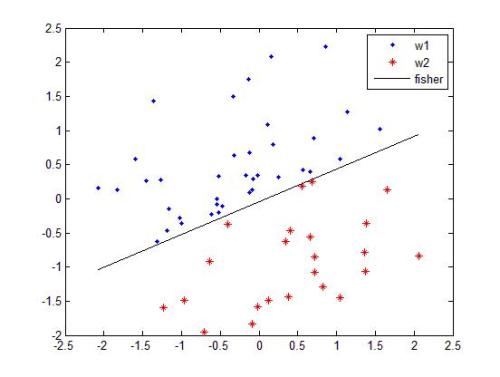Pseudo-labeling has proven to be a promising semi-supervised learning (SSL) paradigm. Existing pseudo-labeling methods commonly assume that the class distributions of training data are balanced. However, such an assumption is far from realistic scenarios and existing pseudo-labeling methods suffer from severe performance degeneration in the context of class-imbalance. In this work, we investigate pseudo-labeling under imbalanced semi-supervised setups. The core idea is to automatically assimilate the training bias arising from class-imbalance, using a bias adaptive classifier that equips the original linear classifier with a bias attractor. The bias attractor is designed to be a light-weight residual network for adapting to the training bias. Specifically, the bias attractor is learned through a bi-level learning framework such that the bias adaptive classifier is able to fit imbalanced training data, while the linear classifier can give unbiased label prediction for each class. We conduct extensive experiments under various imbalanced semi-supervised setups, and the results demonstrate that our method can be applicable to different pseudo-labeling models and superior to the prior arts.
翻译:现有的假标签方法通常假定培训数据在班级分布上是平衡的。然而,这种假设远非现实的假设,而现有的假标签方法在班级平衡方面有严重的性能退化。在这项工作中,我们调查了在不平衡的半监督设置下假标签的情况。核心思想是,使用偏差适应性分类器,使原始线性分类器配备一个偏差吸引器,自动消化班级平衡产生的培训偏差。偏差吸引器设计成一个轻量级的剩余网络,以适应培训偏差。具体地说,偏差吸引器通过双级学习框架学习,使偏差适应分类器能够适应不平衡的培训数据,而线性分类器可以为每个班提供公正的标签预测。我们在各种不平衡的半监督设置下进行广泛的实验,结果表明,我们的方法可以适用于不同的假标签模型,并且优于以前的艺术。



